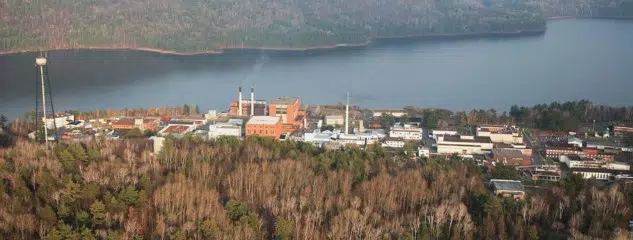
Canadian Nuclear Laboratories’ Chalk River site is again in the news following an incident involving toxic sewage earlier this year.
Officials say CNL discharged toxic sewage at the Chalk River site, located along the Ottawa River. The incident, which was outlined in a recent CBC Indigenous story, occurred during peak fish spawning season and resulted in Environment Canada issuing a compliance direction.
Environment Canada confirmed that in late April, enforcement officers issued the compliance direction after discovering CNL’s Chalk River sanitary sewage plant had an “acute lethality failure” – indicating testing found sewage effluent (treated wastewater discharge) was toxic to fish.
Neither CNL or Environment Canada divulged what pollutants were in the effluent or how much or where toxic wastewater was discharged, leading to fears it may have landed in the Ottawa River.
Environment Canada said it “takes pollution incidents and threats to the environment seriously.” CNL said it’s “confident that the non-compliant discharge from the sewage treatment facility does not pose a threat to the environment or the public.”
Corrective actions include increased effluent toxicity testing, a third-party supported toxicity evaluation and review of all facility operations, and a detailed review plus chemical analysis of all effluent and influent at the plant.
CNL told CBC Indigenous the sewage plant is now passing toxicity tests but must secure another month of positive results before it can be declared back in compliance.
The incident has sparked greater concern among Indigenous, environmental and other groups.
In January, the Canadian Nuclear Safety Commission approved plans to construct a near surface disposal facility for nuclear waste at the CNL Chalk River site.
(Sherry Haaima)